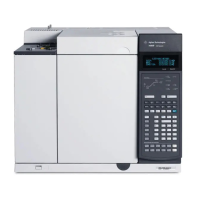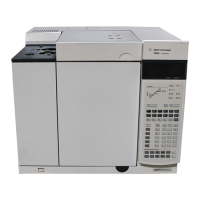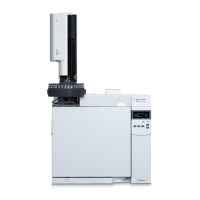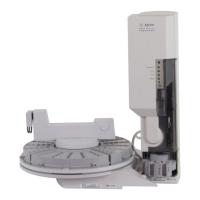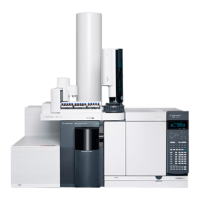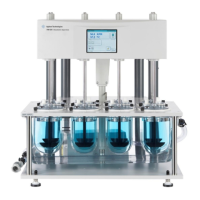14 7890A GC Safety Manual
Introduction
Micro-Electron Capture Detector (µECD)
The µECD contains a cell plated with 63Ni, a radioactive isotope. The beta
particles released at the energy level in the detector have little penetrating
power—the surface layer of the skin or a few sheets of paper will stop
most of them—but they may be hazardous if the isotope is ingested or
inhaled. For this reason, handle the cell with care. Cap the detector inlet
and outlet fittings when the detector is not in use. Never introduce
corrosive chemicals into the detector. Vent detector exhaust outside the
laboratory environment.
Refer to the safety documentation provided with the detector for
important details about safety, maintenance, and compliance with local
government regulation.
Materials that may react with the
63
Ni source, either to form volatile products or to
cause physical degradation of the plated film, must be avoided. These materials
include oxidizing compounds, acids, wet halogens, wet nitric acid, ammonium
hydroxide, hydrogen sulfide, PCPs, and carbon monoxide. This list is not exhaustive
but indicates the kinds of compounds that may cause damage to
63
Ni detectors.
In the extremely unlikely event that the oven or the detector-heated zone should go
into thermal runaway (maximum, uncontrolled heating in excess of 400 °C) and the
detector remains exposed to this condition for more than 12 hours, take the
following steps:
1 After turning off the main power and allowing the instrument to cool to room
temperature, cap the detector inlet and exhaust vent openings. Wear disposable
plastic gloves and observe normal laboratory safety precautions.
2 Contact your local Agilent Technologies sales office or distributor for ECD disposal
instructions
3 Include a letter stating the condition of abuse.
It is unlikely, even in this very unusual situation, that radioactive material will
escape the cell. However, permanent damage to the
63
Ni plating within the cell is
possible; therefore, the cell must be returned for exchange.
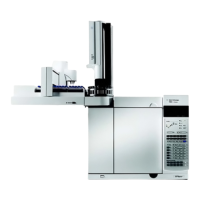
